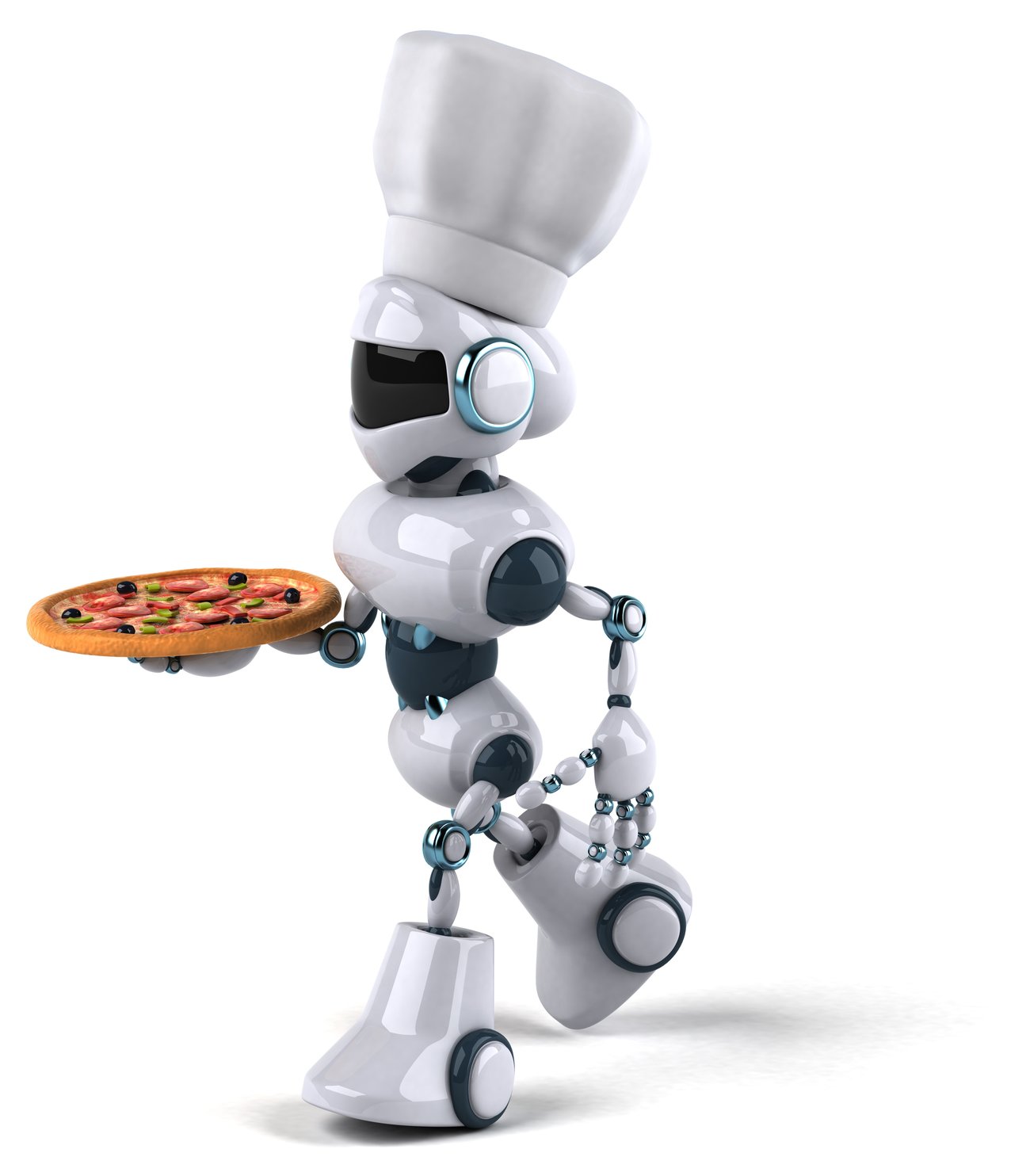
In the United States a small, square robot is slowly invading the hospitality industry, ridding restaurants of those pesky things we once knew as waiters.
It is called the Ziosk, a touch-screen pad sitting in the middle of your restaurant table.
It takes your order when you sit down, it takes your money when you leave, it entertains you (or the kids) when you (or they) are bored with the conversation, and takes photos of you and your mates, before uploading them to Facebook, Twitter or Instagram. In fact, it does pretty much everything, bar cooking the food and bringing it out.
 ?
?
Ziosk, already used by 1500 restaurants throughout the US, is promoting itself as efficient, able to turn over more customers, and sell more food and drink – research on human psychology suggests people are more likely to order that yummy dessert or another glass of wine when it is a non-judgemental screen taking their order, rather than a “surely-you-aren’t-thinking-about-a-slice-of-cake-after-all-that-pizza” human waiter.
So, is there an appetite for the Ziosk in New Zealand, and should our waiters be nervous right now?
New Zealand hospitality technology company WizBang produced a system similar to the Ziosk four years ago – about the same time Ziosk was launching in the US.
WizBang chief executive John Hansen says New Zealanders were not quite ready for it at the time.
“We looked at the possibility of doing this a long time ago – we developed it, it wasn’t rocket science, and it worked really well.
“We saw no response, no one was interested. I don’t know if it was the economy, or maybe nobody could get their head around it.”
Four years down the track, Hansen says technology like the Ziosk could take off in an increasingly tech-savvy New Zealand.
“It’s clearly an application waiting for people to pick up and run with,” he says.
WizBang might even be planning another crack itself, in the form of a food ordering application that works across different devices and different technology platforms (think Apple or Android).

One of the major barriers faced by technologies like the Ziosk, at least in New Zealand, is people enjoy the personal interaction they get with waiters, says Massey University marketing and retail lecturer Valentyna Melnyk.
She says New Zealanders are an interactive bunch who prefer shaking hands to touching screens.
“New Zealand is small and people genuinely care about each other,” she says.
“If it doesn’t take off, it is because interactions are more important in the New Zealand context.”
AUT University consumer behaviour lecturer Sommer Kapitan says the Ziosk’s effect on consumer behaviour has some less-desirable implications.
The Ziosk provides a tactile experience, or ‘haptic touch’, which explains why people order more when they use it, she says.
“There’s been a lot of research about haptic touch –when you touch something, you are more likely to buy it.
“What this translates to is people will spend more and eat more, but they will also feel more satisfied.”
However, this potentially has a downfall in the long run, when people become “broke and fat”.
The spread of the Ziosk will likely be limited to certain restaurants where convenience is the key, she says.
“There are places which this is not right for – a candlelit restaurant – it just won’t work.”
Rise of the machines
The Ziosk is just one in a raft of new technologies revolutionising the hospitality industry through robotics and automation.
- The Tian Waike restaurant in China uses an army of robots to cook and serve food
- San Francisco-based Momentum Machines provide a fully-automated process for producing and cooking hamburgers
- Kura is a Japanese sushi chain cutting costs (and staff numbers) by using touch-screen ordering, sushi-making robots, conveyor belts and remote restaurant managers (who monitor Kura’s 262 restaurants from three control centres across Japan). It also rewards customers who clear their own dirty plates with gimmicky toys.
- Briggo Coffee kiosks, first launched at the University of Texas, offer fully-automated, robot-made coffee. Drinkers customise their coffee from their mobile phone, then order, and pick up their coffee from the closest outlet.
Backlash: The human touch
While some worry about the inevitable rise of the machines, it appears in sectors like hospitality and retail people are still seeking out the human touch.
Retail New Zealand chief executive Mark Johnston says technology is a supplement, not a substitute, for customer service.
“It’s part of the experience of shopping, human touch is a differentiator.”
This is playing out in the United States where a number of supermarkets are giving up on self-service kiosks, in light of findings that human-operated checkouts are faster and friendlier.




